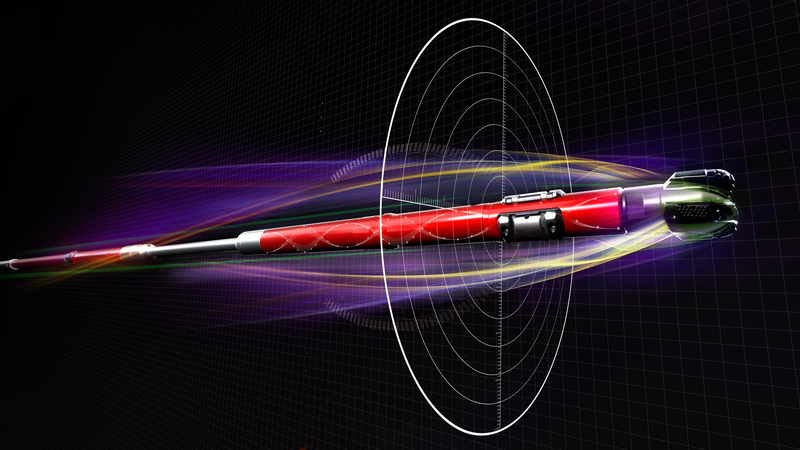
Advanced technology enables operator to assess and mitigate problematic well conditions previously encountered in the region
Download PDFDeep Water

Identify and map challenges for a better understanding to improve performance

Indonesia

Logging-While-Drilling (LWD) solutions include:
The Sorik Marapi field, operated by KS ORKA, is one of Indonesia's largest developing geothermal projects, located in North Sumatra. Approximately 39 exploration and development wells have already been drilled to depths of up to 2715 m MD, with eight wells having temperatures as high as 325°C.
These wells were executed with traditional methods like measurement-while-drilling (MWD) and steerable motors. Currently, the standard technology in a geothermal environment is limited to basic telemetry derived from directional, PWD (Pressure While Drilling), temperature, and vibration sensors. In this type of challenging drilling environment, however, the telemetry commonly used is a high-speed electromagnetic (EM), bi-directional telemetry system, in which data are encoded as an electric potential (voltage) created between the drillstring and the formation.
As the Sorik Marapi field presents multiple drilling challenges, the operator recognized a need to identify and map those challenges against the different geothermal formations to better understand and improve performance. The first step was to purchase a minimal logging-while-drilling (LWD) application for cost-effective operations in geothermal drilling with static temperatures in the field up to 325°C.
Halliburton provided additional LWD servcies to understand the challenges of each formation drilled in the field. The plan was two-fold: First, target Well “XXE-05” to acquire this data while drilling and concurrently provide steam and hot water for Phase III/IV of a power plant being developed for the Sorik Marapi field; and second, to identify and test the extent of the northwestern sector of the high-temperature reservoir, located west of Pad 1.
The following tools were selected for gathering LWD data with strategic purposes in mind:
The ACAL is an ultrasonic acoustic caliper sensor, featuring three transceivers mounted at 120° intervals around the tool collar. A temperature measurement is also available from this sensor.
The PWD is a pressure-while-drilling sensor that comprises quartz transducers to measure the internal or bore pressure and the external or annular pressure. This data can be used to achieve real-time equivalent circulating and static density (ECD and ESD).
The DDSr™-HCIM sensor responds to changes in acceleration in the X, Y, and Z-axis directions that occur in response to impact between the bottom hole assembly (BHA) and the borehole wall. Accelerometers are the primary source of vibration data acquisition, while magnetometers and gyroscopes are used for rotational speed measurements, known as “stick-slip indicator” measurements.
The addition of caliper measurement capabilities and a high-resolution vibration sensor helped illuminate the unique challenges of each well drilled, allowing the operator to characterize the different types of vibration and borehole quality.
Directional Drilling
Smart design meets drilling automation.
Explore iCruise X
Reduce well time through fast drilling, fast tripping time and quicker casing drill outs.

Increase the consistency and performance of well construction operations by integrating subsurface automation, digital twins, and remote operations.
